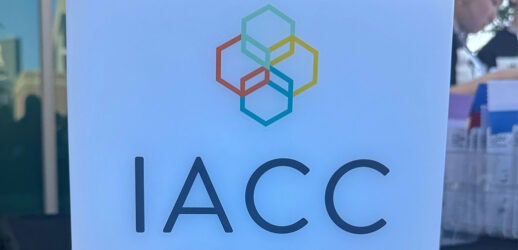As meeting technology becomes an essential element at events, planners have a whole new set of variables to consider when determining what venue best fits their meeting goals. That means adding a new set of questions to the list during a site inspection.
We turned to Ellen Sinclair, senior vice president at Benchmark, a global hospitality company, and chair of IACC’s ongoing Meeting Room of the Future initiative, for some tips on making sure you are getting all the technology you need without paying for budget-busting flashy options that won’t help your attendees. Not all events are the same and not all activities require the same amount of bandwidth. An email uses a lot less data and is less mission-critical reliant on a connection than a live streaming video for a speaker.
Asking the right questions is even more important in a world where planners are getting outside the standard meeting room to shake things up, says Sinclair. Meeting in a castle may seem cool, but making sure the speaker can be heard and attendees can post selfies in the turret is essential to a successful event, she cautions, so make certain you ask about audio and bandwidth.
Following is a checklist to consider when assessing a venue for tech appropriateness.
- How many participants will be attending?
- How many devices will each person be using at the event?
- How will they use their connections (polling, email, browsing, livestreaming…)
- Will a dedicated connection be required for security purposes?
- Will you be bringing an outside vendor or using in-house resources?
- Finally, how bad would it be if you lost connection, and what is your backup plan?
The answers to these questions should be included in a discussion with the prospective vendor as you discuss pricing. IACC suggests that for smaller meetings where internet is not vital, connection-based pricing per-user is often ideal, while for larger conferences of more than 300 people, flat-rate, bandwidth-based pricing offers unlimited access and support.





